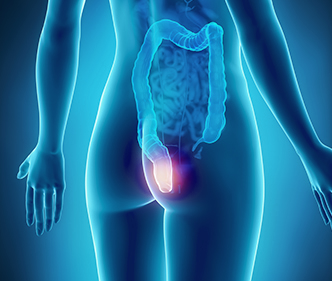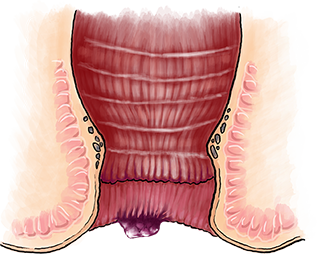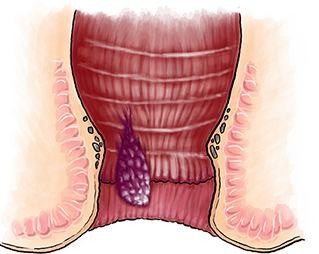
More than half of all people have had haemorrhoids,
but nobody wants to talk about it






What are haemorrhoids?
Hemorrhoids, often called piles, are swollen blood vessels located in the rectal or anal area. They can cause discomfort, pain, and bleeding, and may result from straining during bowel movements, chronic constipation, or other factors. Hemorrhoids are a common condition that can affect individuals of all ages, and they can range from mildly bothersome to more severe. Understanding what hemorrhoids are and how to manage them is essential for those who experience these symptoms.
External haemorrhoids
Location: External hemorrhoids develop beneath the skin around the anus and are typically visible and palpable.
Symptoms: Common symptoms of external hemorrhoids include pain, itching, swelling, and discomfort in the anal area.
Causes: These hemorrhoids can result from factors such as straining during bowel movements, chronic constipation, prolonged sitting, or pregnancy.


Internal haemorrhoids
Location: Internal hemorrhoids develop inside the rectum and are not visible from the outside.
Symptoms: Common symptoms of internal hemorrhoids include painless rectal bleeding during bowel movements, itching, and a sensation of fullness or discomfort in the rectum.
Causes: Internal hemorrhoids are often the result of increased pressure on the blood vessels in the rectum, typically due to straining during bowel movements, chronic constipation, or pregnancy.
Genetics or the result of lifestyle?
The development of hemorrhoids can be influenced by a combination of genetics and lifestyle factors. While a genetic predisposition may increase the risk of developing hemorrhoids, lifestyle choices such as a diet low in fiber, sedentary habits, and straining during bowel movements can also play a significant role. Making healthy lifestyle choices, such as maintaining a high-fiber diet, staying physically active, and avoiding straining, can help reduce the risk of hemorrhoids, even in individuals with a genetic predisposition.
